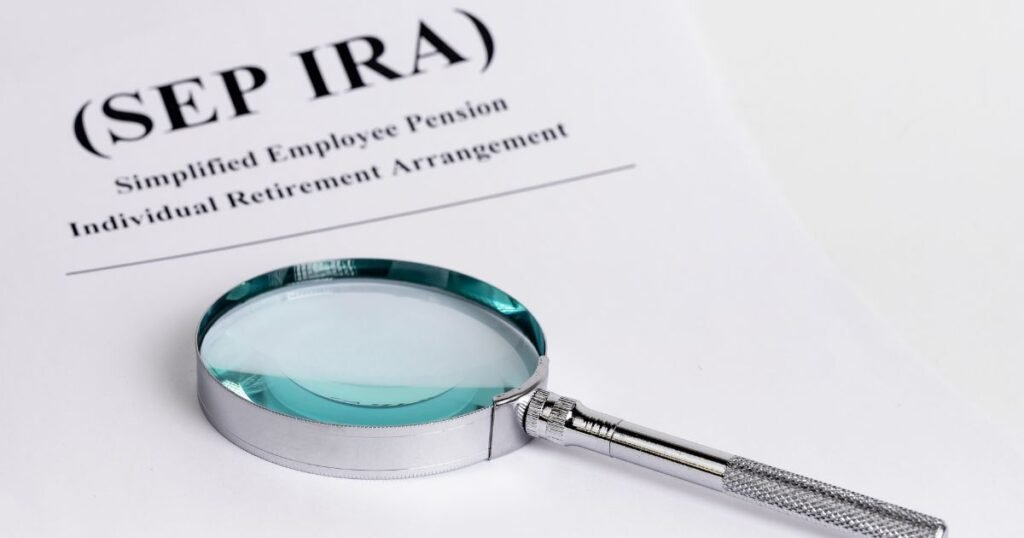Saving enough for retirement is a major financial goal for many people. With life expectancies rising, having an adequate nest egg is crucial to cover expenses in your later years.
Choosing the right retirement savings accounts provides benefits like tax incentives and growth potential to build your funds. This article explores the 10 best retirement savings account options to maximize your retirement preparations in 2025.
Factors to Consider
When selecting retirement savings accounts, key factors to evaluate include:
- Tax Benefits – Many accounts offer perks like pre-tax contributions or tax-deferred growth to lower your current tax burden.
- Employer Matching – Some workplace plans provide matching contributions from your employer up to a certain amount. This is free money you don’t want to miss out on.
- Investment Options – Having the flexibility to invest in stocks, bonds, mutual funds and other assets enables growth potential.
- Withdrawal Rules – Understand when you can start taking penalty-free distributions and how required minimum distributions work.
- Contribution Limits – Most accounts have annual limits on how much you can contribute, which should guide priorities.
Keeping these factors in mind, let’s look at the top accounts to maximize retirement savings gains.
401(k)s

For many workers, 401(k)s are the go-to workplace retirement savings account. Here are the key advantages:
- Pre-Tax Contributions – Lower your current taxable income by contributing pre-tax dollars.
- Employer Matching – Maximize any matching contributions from your employer.
- High Contribution Limit – Up to $22,500 contribution limit in 2024, with an additional $7,500 for age 50+.
- Tax-Deferred Growth – Investments grow tax-free until you withdraw in retirement.
The traditional 401(k) is great for those wanting to lower current taxes. The Roth 401(k) takes after-tax dollars but offers tax-free growth and withdrawals.
IRAs
IRAs function similarly to 401(k)s but are opened individually rather than through an employer. The IRA contribution limit is $6,500 in 2024 ($7,500 if age 50+). Here are the two main options:
Traditional IRA
- Pre-tax contributions lower your current taxable income.
- Tax-deferred growth allows savings to build.
- Required minimum distributions (RMDs) begin at age 72.
Roth IRA
- After-tax contributions don’t lower current taxes.
- Tax-free withdrawals in retirement provide savings.
- No RMD requirement allows savings to compound.
For high-income earners, traditional IRA tax benefits may be limited. The Roth IRA is generally the better individual account choice in that case.
Solo 401(k)
Also called an Individual 401(k), this is ideal for self-employed individuals or side gigs. Features include:
- Ability to contribute as both employee and employer.
- High $66,000 total contribution limit for 2024.
- Full 401(k) benefits without needing to run a business with staff.
For consulting, freelancing, or gig economy work, the Solo 401(k) lets you supercharge retirement savings.
SEP IRA

The SEP (Simplified Employee Pension) IRA is another small business retirement account option. Benefits include:
- Low administrative burden compared to full 401(k)s.
- Employers can contribute up to 25% of employee compensation, up to $66,000.
- Flexibility for employers to vary contributions annually.
For small businesses unable to manage a 401(k), the SEP IRA provides retirement benefits with fewer administrative headaches.
403(b)
Offered by nonprofits, healthcare organizations, and schools, the 403(b) provides tax-deferred retirement savings like a 401(k). Two big perks are:
- Potential to contribute to both 403(b) and 401(k) plans in the same year.
- Often lower expense ratios on investment options compared to 401(k)s.
For qualifying employees, going beyond your 401(k) with the 403(b) can really boost savings.
457 Plans
Offered by state/local governments and nonprofits, the 457 retirement plan also allows pre-tax contributions and flexibility similar to 403(b)s. The big advantage is:
- No early withdrawal penalty, allowing access to funds before age 59.5 if needed.
For those desiring earlier access, the 457 offers more flexibility than 401(k)s or IRAs.
HSAs
A Health Savings Account paired with a high-deductible health plan allows saving for medical expenses pre-tax. But HSAs can also be used as retirement funds with a few key advantages:
- Triple tax benefits of pre-tax contributions, growth and withdrawals.
- No age limit for withdrawals if used for medical expenses.
- Can be invested and compounds tax-free.
Saving receipts to cover healthcare costs in retirement makes the HSA a versatile supplemental retirement option.

Investing Accounts
Taxable investing accounts don’t have the same tax perks but provide long-term growth potential. Options like mutual funds, ETFs, stocks and real estate can diversify your savings for retirement.
Pension Plans
Today defined benefit pensions are rare in the private sector. But if your employer offers a pension, it provides guaranteed income in retirement and should be factored into your planning.
Key Takeaways for 2025
- Maximize any 401(k) employer matching contributions available.
- Fully fund IRAs up to annual limits as an individual retirement option.
- Self-employed? Open a Solo 401(k) or SEP IRA to supercharge savings.
- Consider supplemental accounts like HSAs, investing accounts, and pensions where applicable.
- Review key factors like taxes, investment options, and distribution rules when selecting accounts.
Planning ahead is key to achieving your best possible retirement. Utilize these top 10 account options to maximize savings and benefits in 2025!
FAQs About Retirement Savings Accounts
Should I prioritize pre-tax or Roth accounts?
If eligible, contributing to both pre-tax and Roth accounts can make sense based on current taxes versus projected future tax rates. Pre-tax accounts offer immediate savings if your tax bracket is high. Roth accounts provide the benefit of tax-free withdrawals later in retirement.
What are the withdrawal age and penalties for retirement accounts?
For 401(k)s and traditional IRAs, penalty-free withdrawals typically start at age 59.5. RMDs for these accounts begin at age 72. The Roth IRA has no RMDs and allows earlier penalty-free withdrawals of contributed amounts. HSAs and 457 plans allow penalty-free access before age 59.5 as well.
Should retirement accounts be actively managed?
Retirement accounts benefit from a patient, long-term-oriented investment approach. Low-cost broad market index funds often outperform actively managed accounts after fees. But periodic rebalancing and adjustment of stock/bond allocations as you age is recommended.
How much of my income should go towards retirement savings?
Saving 10-15% of your gross income for retirement is a common guideline. But priorities will vary depending on your current age, desired retirement lifestyle and employer benefits available. Maximizing accounts like 401(k)s early on sets you up for success.
What types of investments are suited for retirement accounts?
Retirement accounts should be diversified across stocks, bonds, and other assets to match your risk tolerance and time horizon. Index funds that provide broad market exposure




